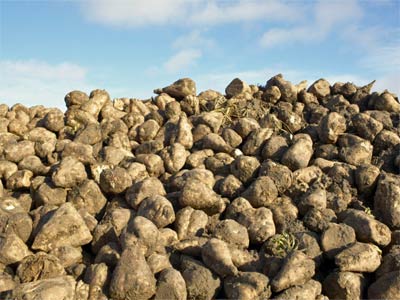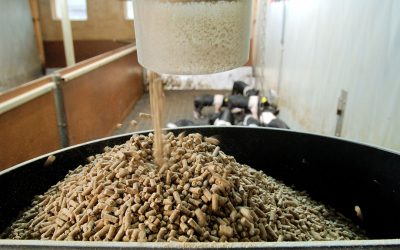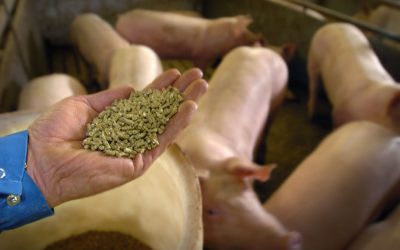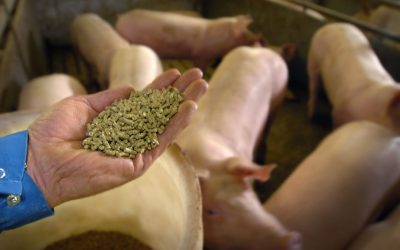Sugar beet not permanent alternative in feed

Farmers have been warned that Britain’s surplus sugar beet stocks should not be used as a permanent alternative to cereal animal feed.
Following Britain’s freeze-thaw winter, thousands of tonnes of sugar beet were deemed unusable by British Sugar, but some of the beet could be incorporated into ruminant rations at an attractive price, Farmers Weekly reports.
However, experts are insistent that the window of opportunity for using this beet will be so small it may not be economically beneficial.
According to nutritionist Melanie White of KW Trident Feeds, sugar beet can be used as a partial replacer for costly cereals with the crop not only high in energy, but also offering a high-fibre source.
However, KW Trident technical manager, Michael Marsden, says the window of opportunity for livestock farmers could be small, depending on forthcoming weather conditions.
"If we have an extended cold snap, frost damaged beet could last longer, however if temperatures increase, the crop will deteriorate quicker.
"Areas of the beet damaged by the frost will start to break down and go mushy. When these mushy areas show any signs of mould they should be discarded and not fed.
"Farmers need to be responsible and keep a close eye on spoilage to check the crop has not deteriorated too much," he says.
Health problems
Rotting or soiled bulbs could create animal health problems, says vet Richard Vecqueray, of Evidence Based Vet Consultancy.
"Sugar beet is a great feed when bulbs are clean and the tops are removed. However, soil contamination can bring listeriosis risk, potentially causing abortion and gut upset.
"The tops and leaves also contain a higher concentration of haemolytic saponins, which can destroy red blood cells when fed in excess.
"Frost damage can also cause the crop to spoil quickly, which can upset rumen function and result in diarrhoea."
Vecqueray advises when there is any question over the feed being spoilt, it should be fed with caution, particularly with high-yielding dairy cows, which will be less tolerant.
"Cows love sugar beet so including it in the ration will boost dry matter intakes. But this comes with its pros and cons – cows will always sort out sugar beet from the ration so it must be mixed well in a TMR."











